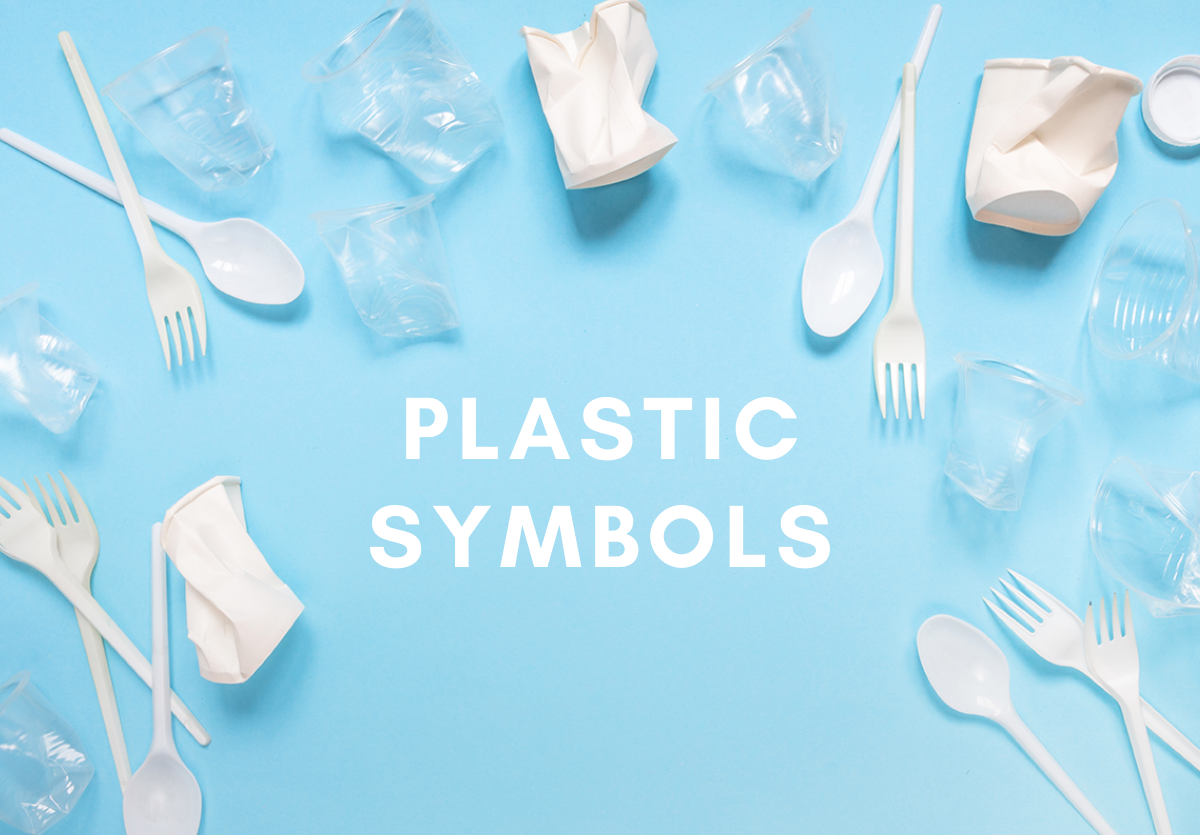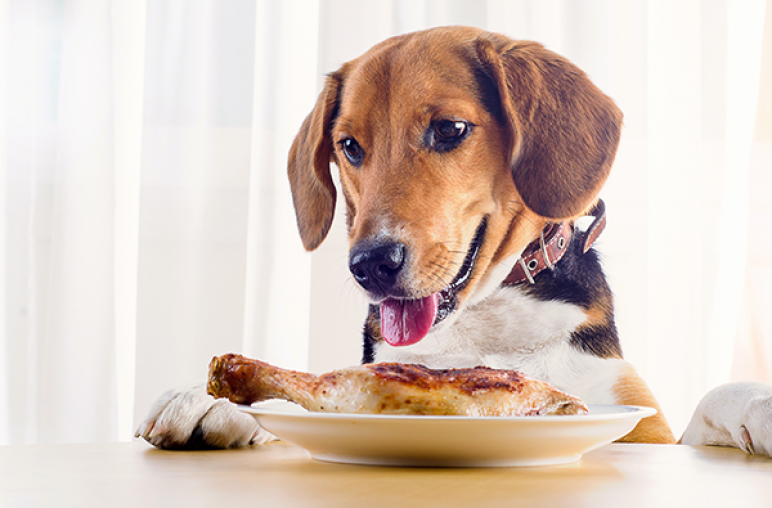Reusable plastic containers are generally safe for storing food for takeaways, lunch or as leftovers, but it’s still best to know the meaning behind each unique symbol found at the bottom of the container.
If you’re looking to differentiate between the snowflake-looking one and the one with the squiggly lines, read on below as we break down these symbols into two categories of ‘Safe Use instructions’ and ‘Recycling information’.
Safe Use Instruction
Food Safe
It’s a no-brainer that the container made for storing food must be safe. If you’re not sure and would like to check on your containers, do look out for the fork and the fancy wine cup symbol. That will be your assurance. Sometimes, the symbol is also replaced with the words ‘Food Safe’ instead.
Dishwasher Safe
The thing about the dishwasher safe symbol is that it can take many different forms. Some can look like an actual dishwasher while some will look like the inside of a dishwasher with two circles and the words ‘Top Rack’. If you’re still unsure or are unable to decipher the symbol, it’ll be best to give the brand’s customer hotline a call.
Freezer Safe
Snowflake-looking symbol? That’ll mean that the container is freezer safe. Look for this symbol when you’re thinking of storing some delicious leftovers in the freezer (stew, soup and more).
Microwave Safe
For meal-prep buffs, this should be the symbol to look out for! Often represented in squiggly lines (perhaps for the actual heat waves), this means that the container is microwavable, just like the food tubs in our Thermos® Lunch Totes. It can take a few different forms but it is generally understood that squiggly lines mean it can be used in microwaves.
Recycling Information
#1 PETE for Polyethylene terephthalate 
Though polyethylene terephthalate is the easiest plastic to recycle, it is often found in single-use plastic water bottles only (whereby the practice is not encouraged). It is best to minimize the use of single-use plastics by having reusables to aid the current environmental situation. But if you must use it, be sure to clean it before throwing it in the appropriate plastic recycling bin. Caution: avoid reusing it as repeated use will increase the risk of leaching and bacterial growth.
#2 HDPE for High-density polyethylene

Usually slightly translucent, high-density polyethylene is found in milk jugs, detergent bottles and shampoo bottles where the plastic is stiffer. This type of plastic can also be recycled and is often made into drainage pipes, pens and floor tiles. Plastic products with the HDPE symbol can be reused but will not be as applicable when it comes to storing food. After all, no one wants to have their soup squirted out from a shampoo bottle, right?
#3 PVC for Polyvinyl chloride
Polyvinyl chloride, found in soft plastic toys, cooking oil bottles and clear plastic food wrappings, is dubbed as the ‘poison plastic’. It contains toxins that will leach throughout its lifecycle and is not recommended to be reused with food items. The recyclable rate for PVC is low as well, making PVC products the most environmentally harmful.
#4 LDPE for Low-density polyethylene
Low-density polyethylene is your everyday plastic bag that you get from your local supermarket. It is considered relatively safe to use, though uncommonly recycled. These plastics are thinner as well, and will melt or emit toxic fumes when exposed to high temperatures like fire or a microwave. Do your part to reduce your plastic consumption by using recycled fabric tote bags to store your groceries instead.
#5 PP for Polypropylene
Polypropylene is the most durable and versatile plastic of all. It is commonly chosen as the plastic to produce reusable containers (like our Thermos® products) due to its ability to take on a higher temperature, is lightweight and tough. PP is reusable and BPA-free, and multiple pieces of research have proven that PP does not leach harmful chemicals at all.
#6 PS for Polystyrene
Polystyrene refers to the lightweight and often inexpensive styrofoam boxes used in hawker takeaways. The structure of this plastic is weak and will break easily. Styrofoam may also leach styrene when heated in the microwave, and is linked to affect health and our reproductive system. Additionally, polystyrene is difficult to recycle, so it’s best to avoid styrofoam by bringing your reusable food containers for takeaways instead.






